This article would define and highlight examples of closed ecosystems with a comparison between closed and open ecosystems.
Ecosystems are of two broad types, open and closed based on the movement of the overall matter into or outside the entire system. Closed systems are extremely self-contained and engage in exchanging only energy and not matter.
What is closed ecosystem?
Closed systems are described as the “self-replenishing” ecosystem which has the ability to maintain life without the aid of any external source. It ensures complete re-utilisation of all the available materials through the establishment of continuous cycles.
Here, exhaled carbon dioxide and other sets of waste materials are effectively converted, either chemically or through photosynthesis into products like food or water or oxygen. This is extremely self-contained. This is mostly used in describing the miniature form of man-made ecosystems and is scientifically interesting. These ecosystems tend to show a strong potential in establishing a life support system, especially during space flights or in any space stations or even in creating any space habitats.
In a closed ecosystem, it is important to include at least one organism which is autotrophic in nature as almost all the closed ecosystem designed are based on the autotrophs, for example the green algae. It is also important that any form of waste product produced by one organism is utilised by the other within a closed ecosystem.
The entire purpose remains to maintain a life, which can be a human or any other species, for which, waste products like faeces or urine or carbon-dioxide would need to be converted into food, water and oxygen.
Closed ecosystem example
Biosphere 2: A large-scale artificial ecological system in Arizona, designed to explore the complex web of interactions within life systems. It includes various biomes like rainforest, ocean, and savannah.
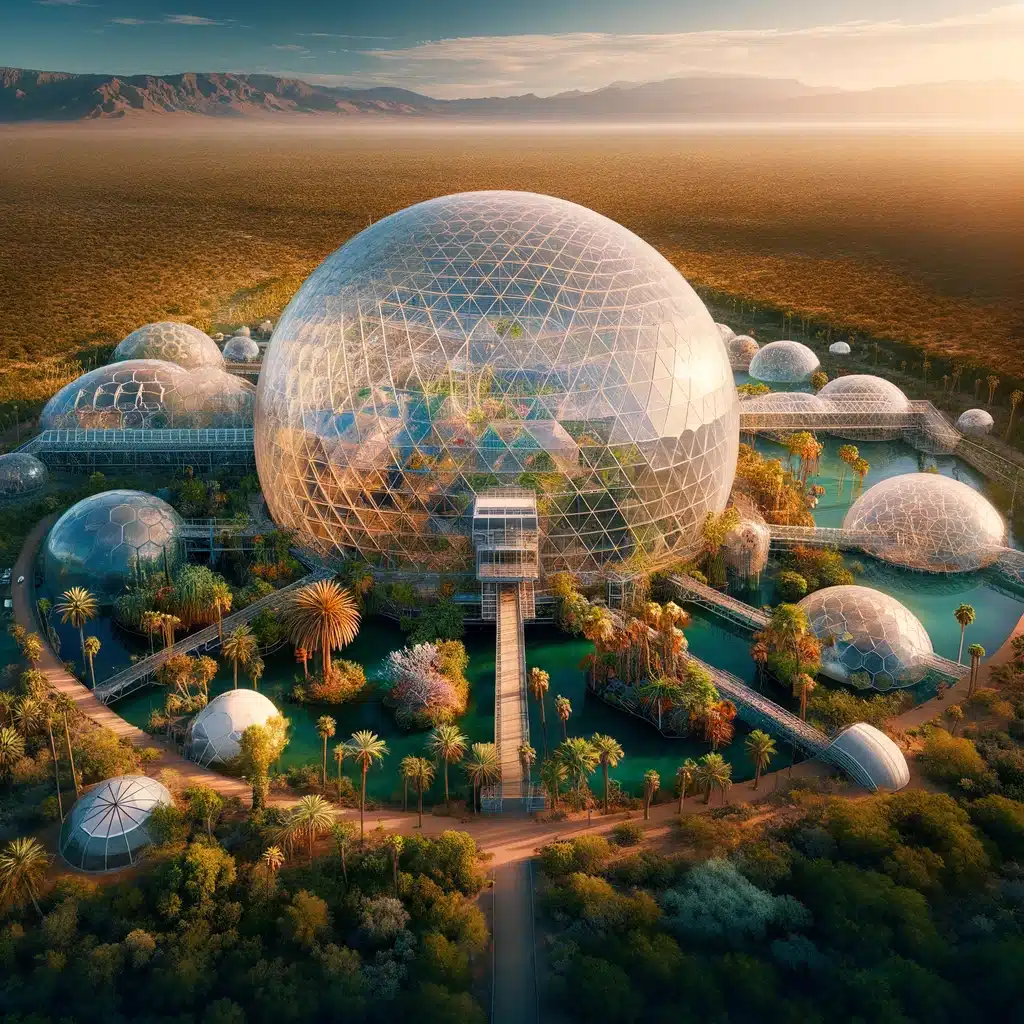
Aquariums: Closed aquatic ecosystems containing fish, plants, and microorganisms. These systems are carefully balanced to maintain a sustainable environment for aquatic life.
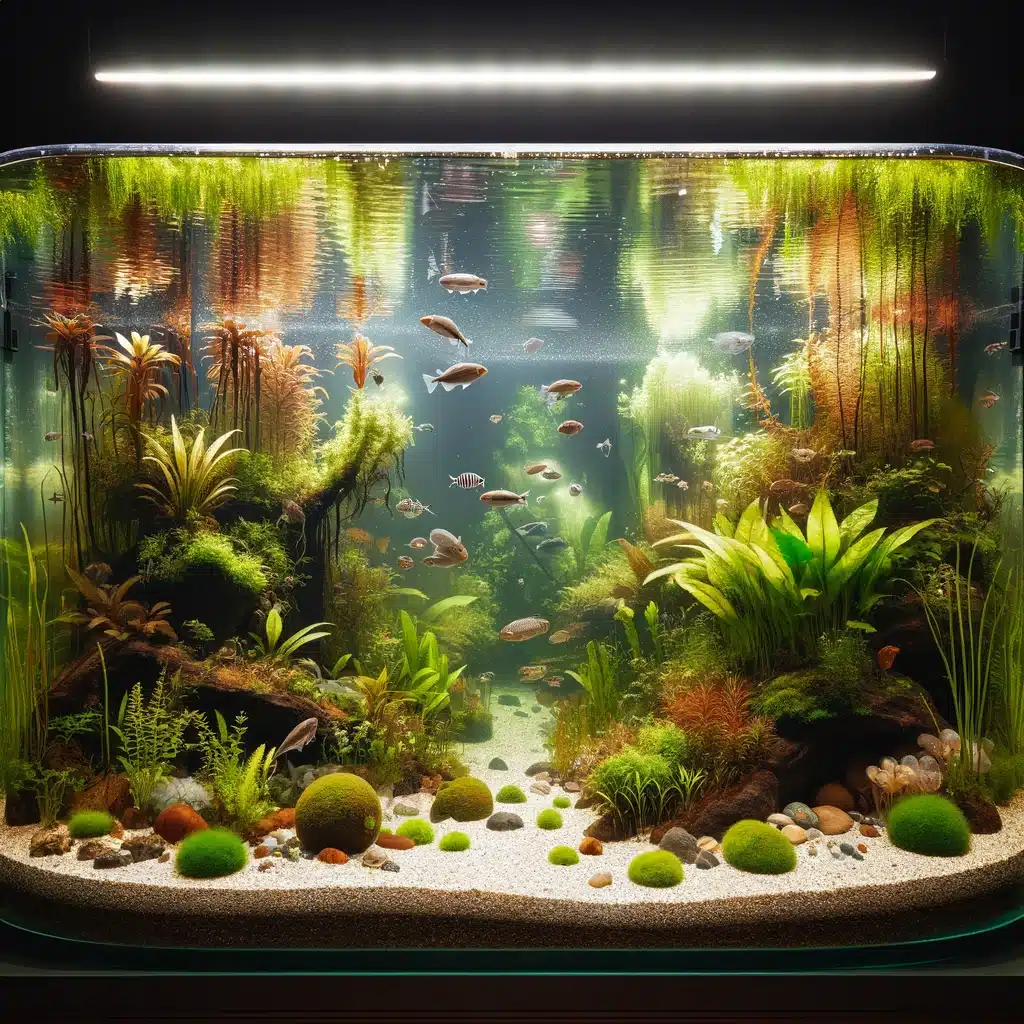
Terrariums: Enclosed environments for growing plants and sometimes small animals like insects. They simulate a mini ecosystem with controlled temperature, light, and moisture.
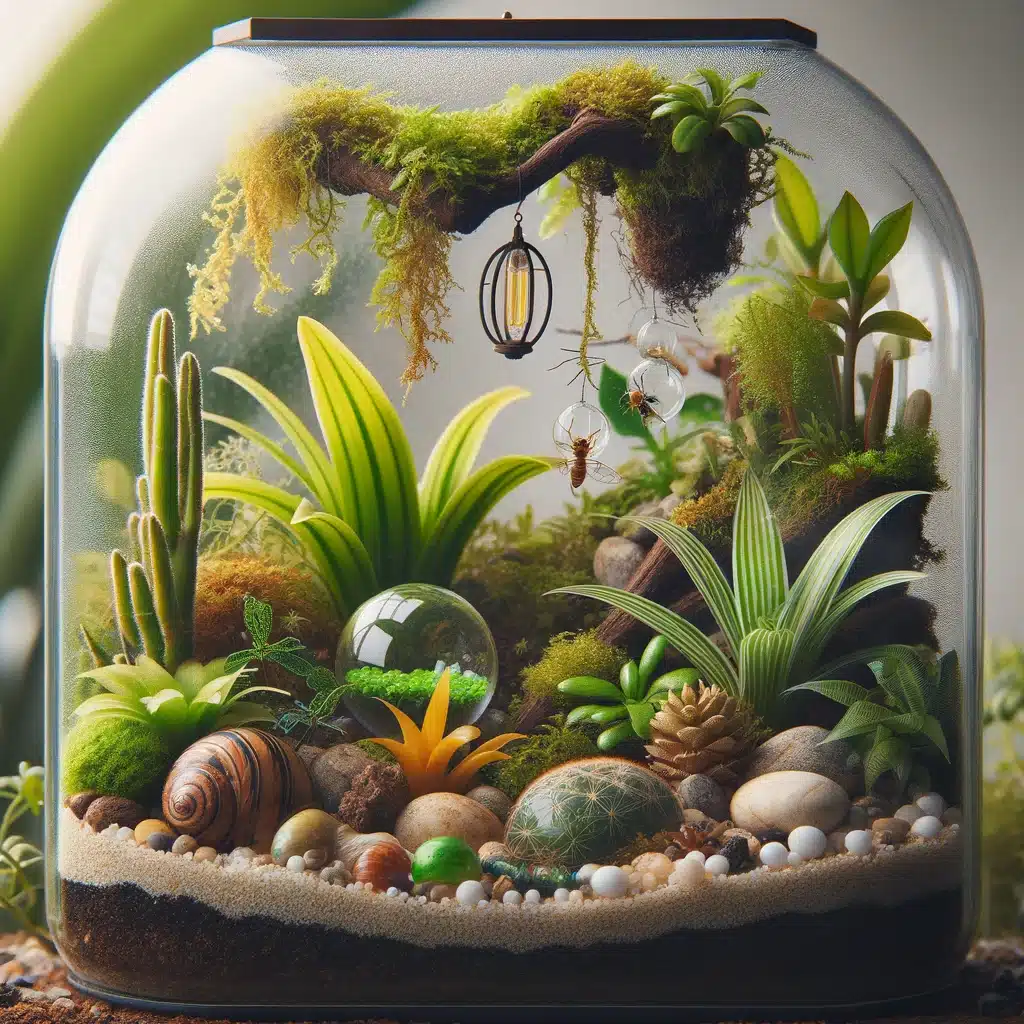
Bottle Gardens: Bottle gardens and small aquariums are either fully or partially closed glass containers which are self-sufficient in nature. Other man-made closed ecosystems can be MELiSSA, Biosphere 2, BIOS 1, BIOS 2 and also BIOS 3. These closed and artificial ecosystems were created with the aim of sustaining human life on earth.
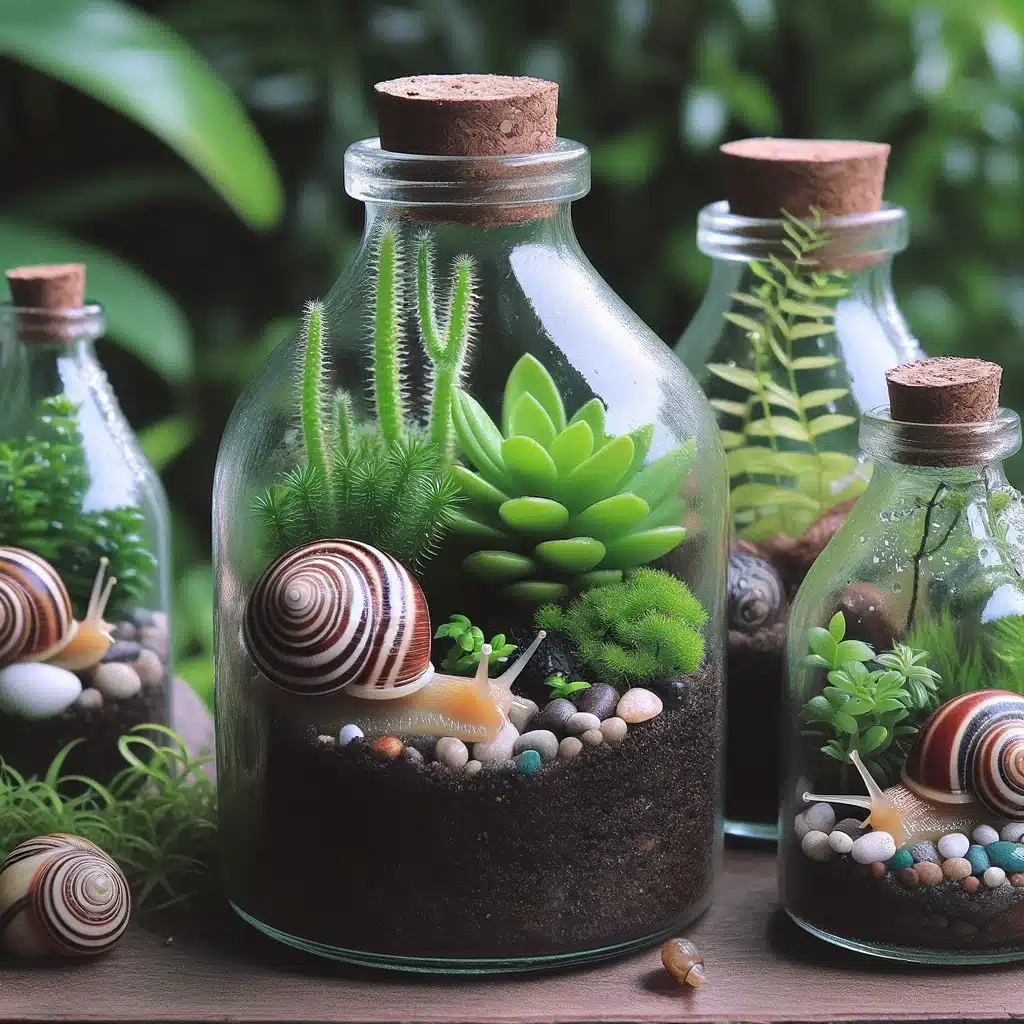

Greenhouses: Controlled environments used for growing plants. They manage temperature, humidity, and light to create an ideal growing condition, simulating a closed ecosystem.
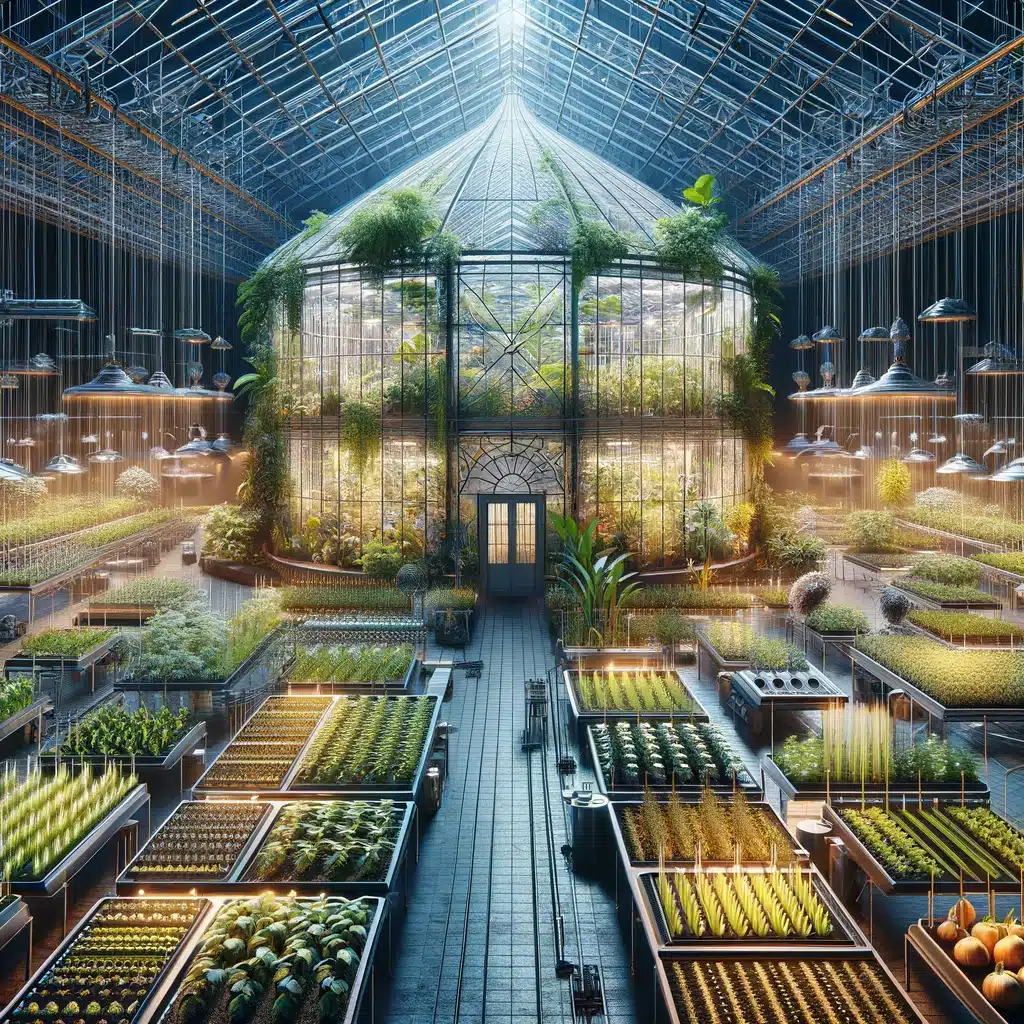
Space Habitats: Conceptual or experimental habitats designed for life in outer space. These habitats aim to create a self-sustaining life-support system for long-duration space missions
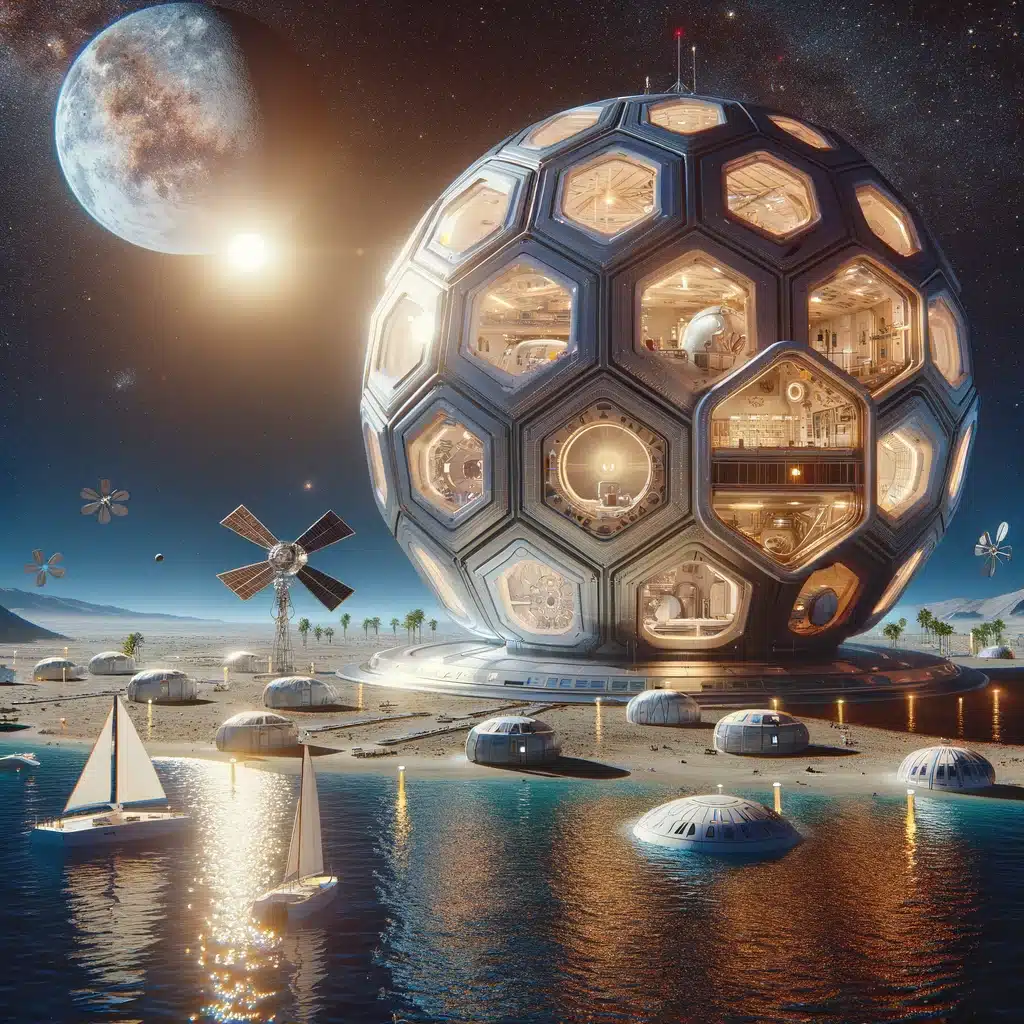
Microbial Mats: Natural formations of microorganisms, often found in extreme environments. They are self-contained ecosystems, performing all necessary biochemical processes within their structure.
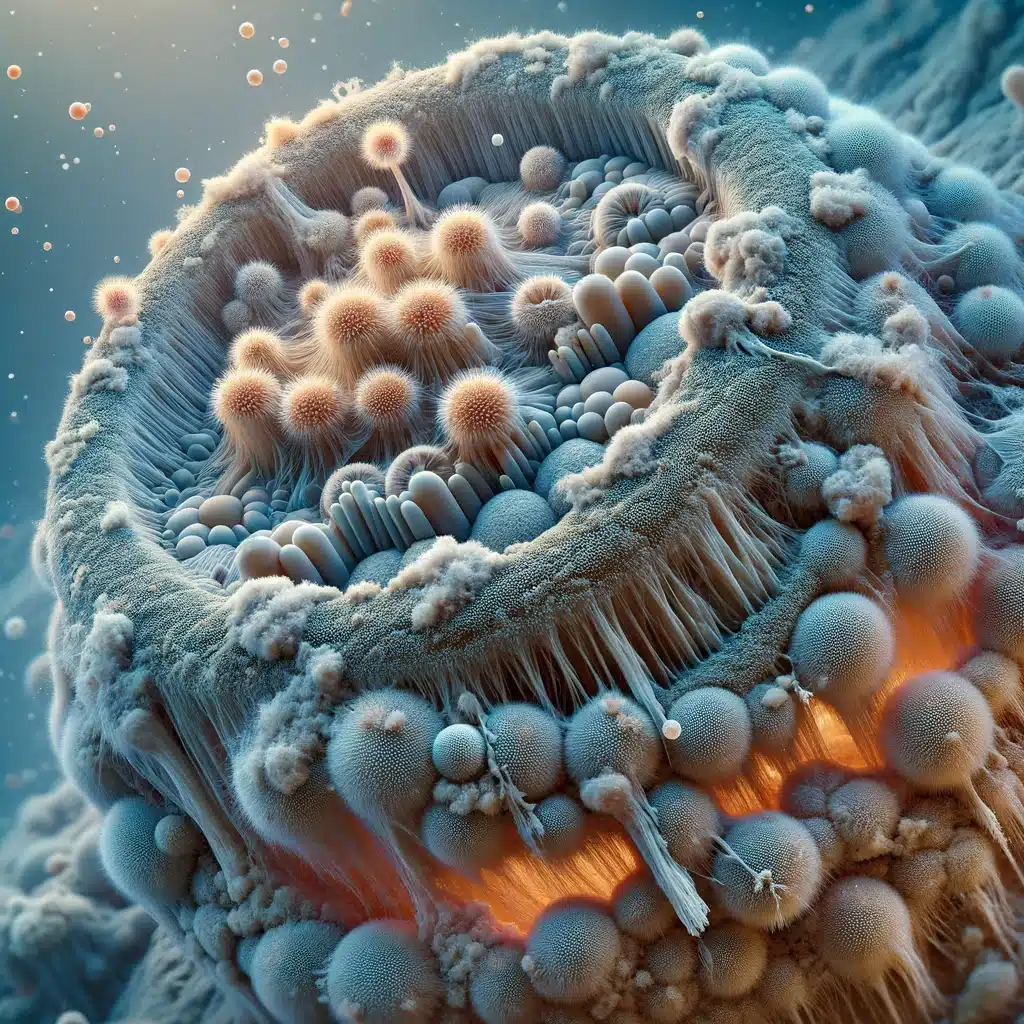
Closed water ecosystem
Closed aquatic ecosystems are identified as the sealed off ecosystem from the external world. These are self-sustained and are a miniature form of the aquatic world. Once this set-up is executed properly with adequate plants, sediments and animals, all the elements of the environment required to survive are generated naturally. These aquatic miniature ecosystems do not need any form of feeding or filtration or any external source other than the natural sunlight.
Aquaponics System: A sustainable ecosystem combining aquaculture (raising fish) and hydroponics (growing plants in water). In this system, the waste produced by farmed fish supplies nutrients for plants, which in turn purify the water.
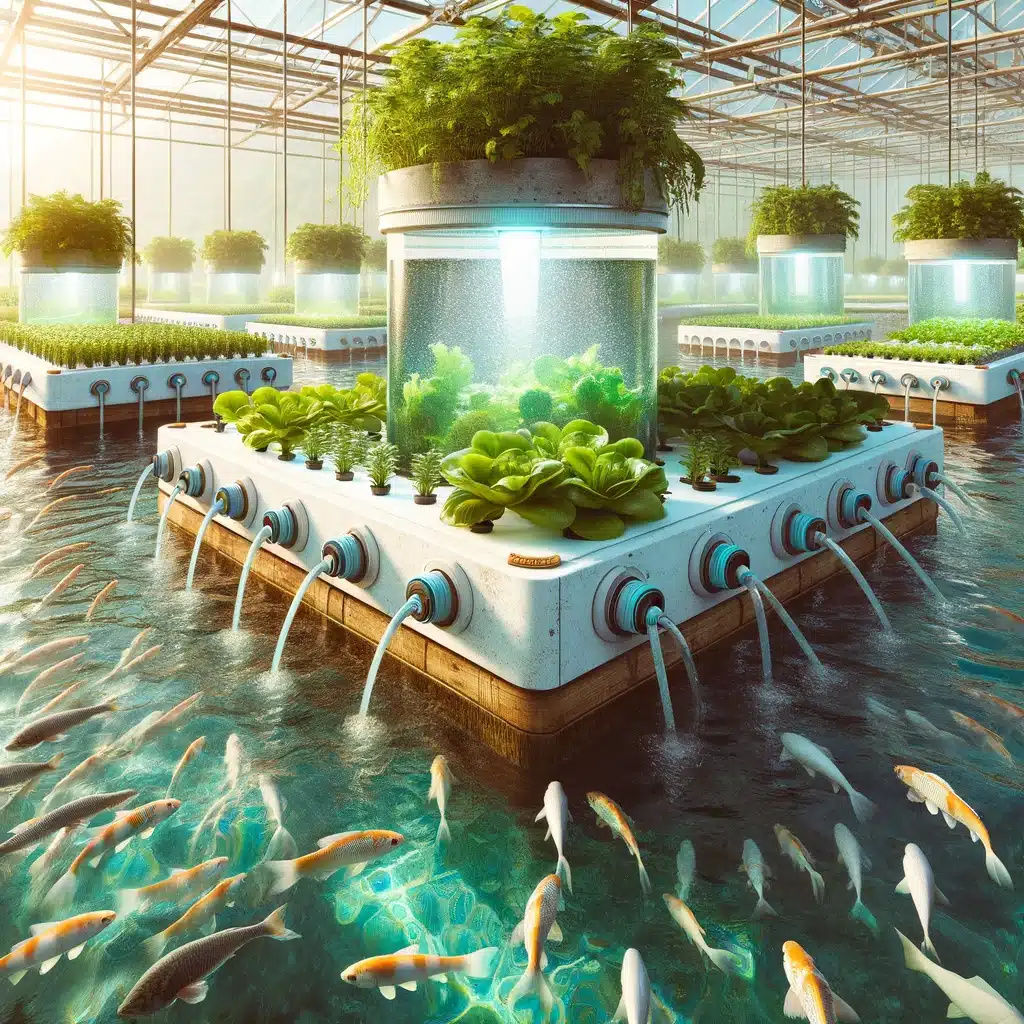
Ecosphere (Closed Ecological System): A sealed glass container holding an aquatic ecosystem that includes shrimp, algae, and microorganisms. The organisms and the environment in the ecosphere interact to maintain a balanced ecosystem.
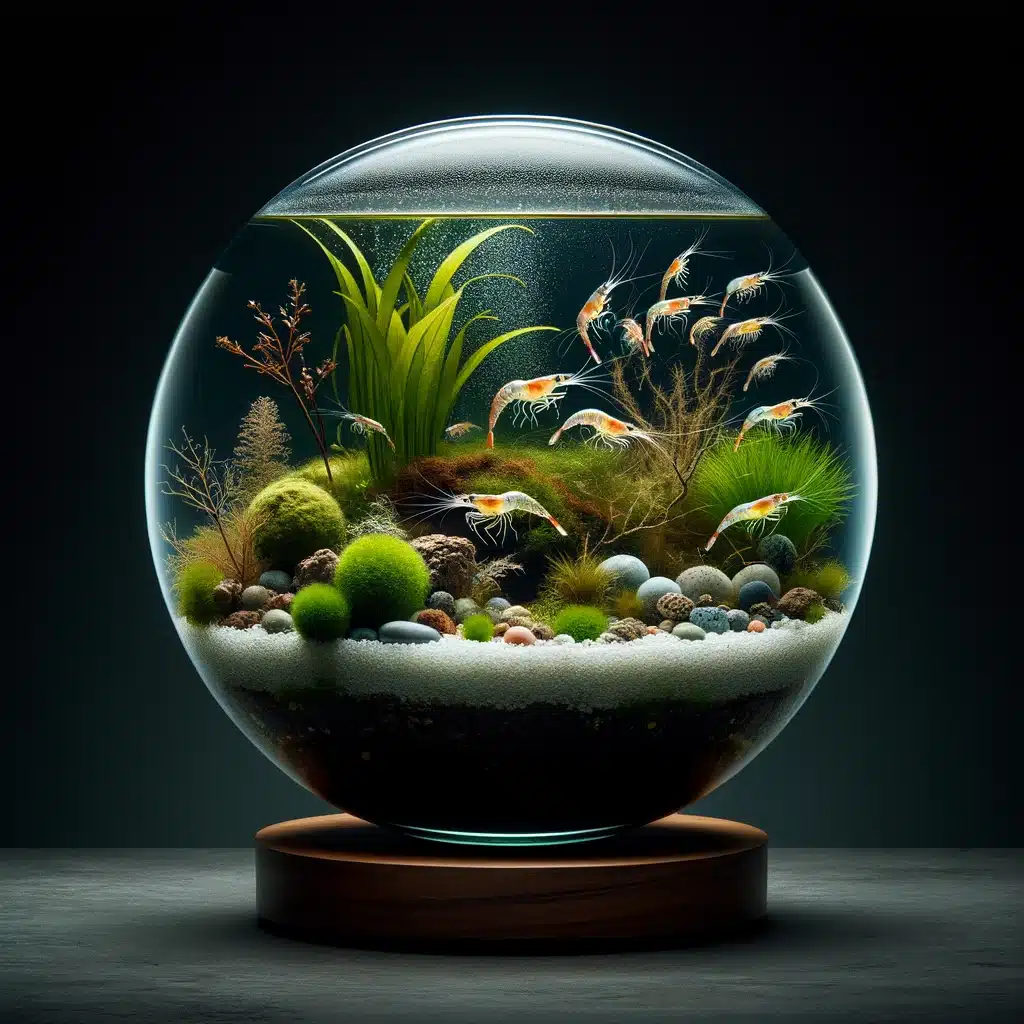
Artificial Coral Reef: These are man-made underwater structures designed to mimic the characteristics of natural coral reefs. They provide a habitat for marine life and help in balancing local marine ecosystems.
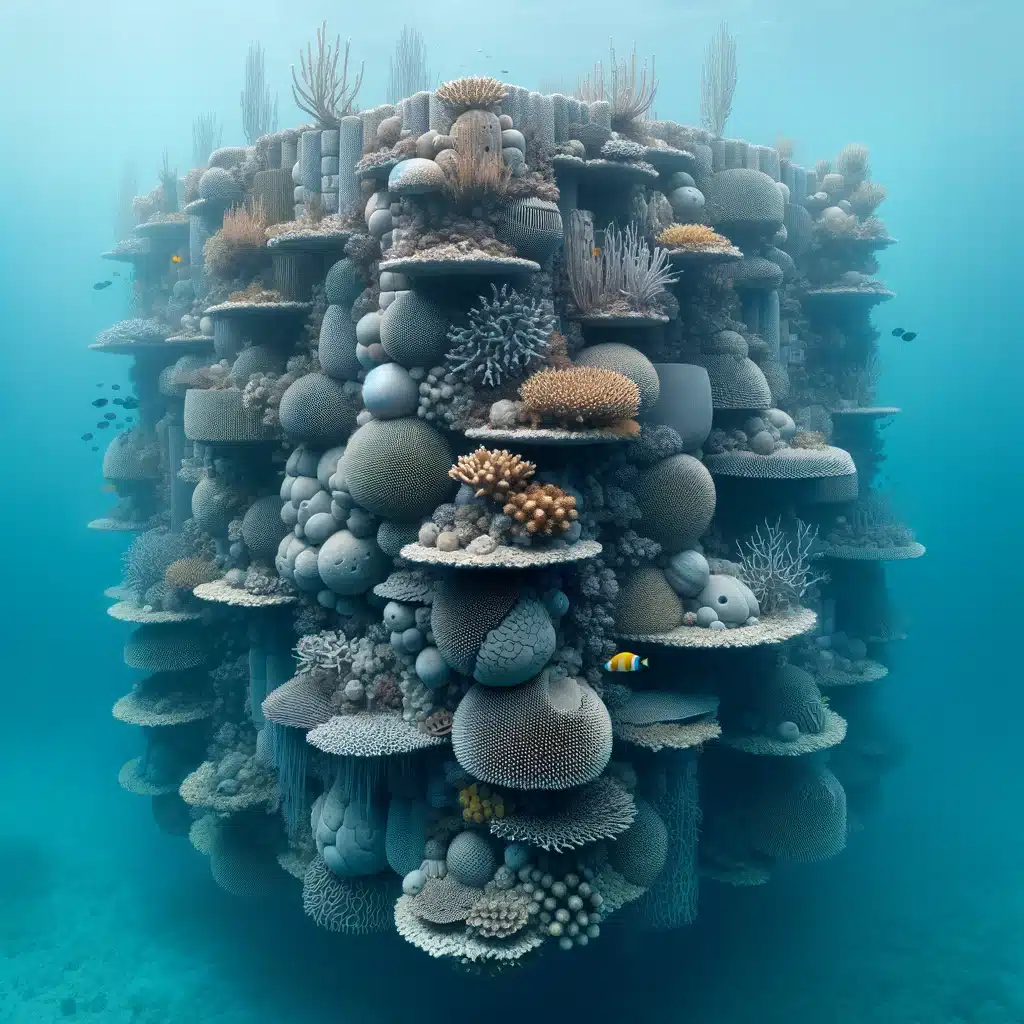
How to make a closed ecosystem?
A self-sustaining closed environment, which can be an aquatic environment, would need three essential things, one is light, next is nutrients and the third is waste management.
The source of light is mostly the sun which is utilised by the plants to create energy and the nutrients are further reused by the other elements of the environment. It is identified that all the organisms generate waste, but certain sets of bacteria have the ability to break down waste elements which helps in detoxifying the ecosystem.
Thus, to make one, certain ingredients would include, a jar with a tight lid, a natural pond, a bucket, a shovel, a net and an optional magnifier. The simple series of steps to make the closed ecosystem with the ingredients are as follows:
Step 1: with the Shovel, it would be important to collect a few sediments or soil to be put in the bottom of the jar.
Step 2: collect water from the nearby pond and leave for a few days for the water to settle.
Step 3: add a set of few plants like water grass, duckweed, hornwort as algae would typically end up growing in the jar which would also work as an autotroph.
Step 4: add a few sets of freshwater snails or any form of crustaceans. Please ensure to avoid adding large animals or fishes, as they tend to produce high bioload, as the waste products generated by these large animals cannot be processed in the small closed ecosystem.
Step 5: keep it sealed for a few days and let the lives in the closed ecosystem survive and then maintain it in sunlight.
Closed vs open ecosystem
The table would highlight the differences between the two broad types of ecosystems:
| Closed Ecosystem | Open ecosystem |
| It engages in exchanging energy but not any form of matter with the surroundings | It engages in exchanging both, energy and any form of matter with the surroundings |
| It is self-contained | It is not self-contained. |
| It does not require any external source to maintain life. | It requires external sources to maintain life. |
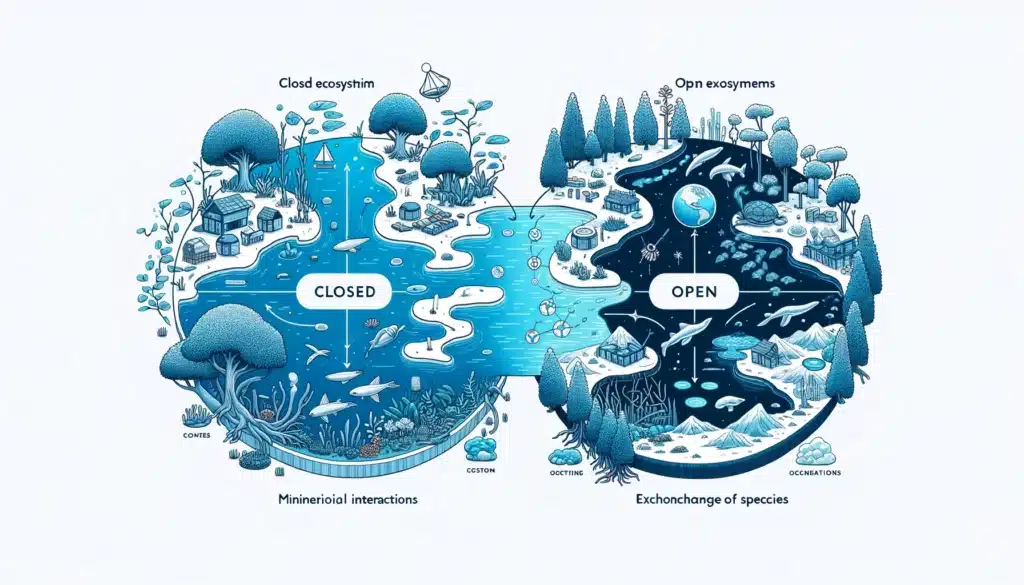
- The left side of the image shows a closed ecosystem, depicted as self-contained with minimal external interactions.
- The right side represents an open ecosystem, interconnected with its surrounding environment, illustrating the exchange of resources and species.
Also Read:
- Saturated fat
- Dental anatomy
- Flagella structure
- Zygote 2
- Incomplete dominance example
- Lichen examples
- Aquatic plant example
- Types of nitrogenous bases in rna
- Function of flagella in bacteria
- Parasitic plant example
Hi, I am Sayantani Mishra, a science enthusiast trying to cope with the pace of scientific developments with a master’s degree in Biotechnology.